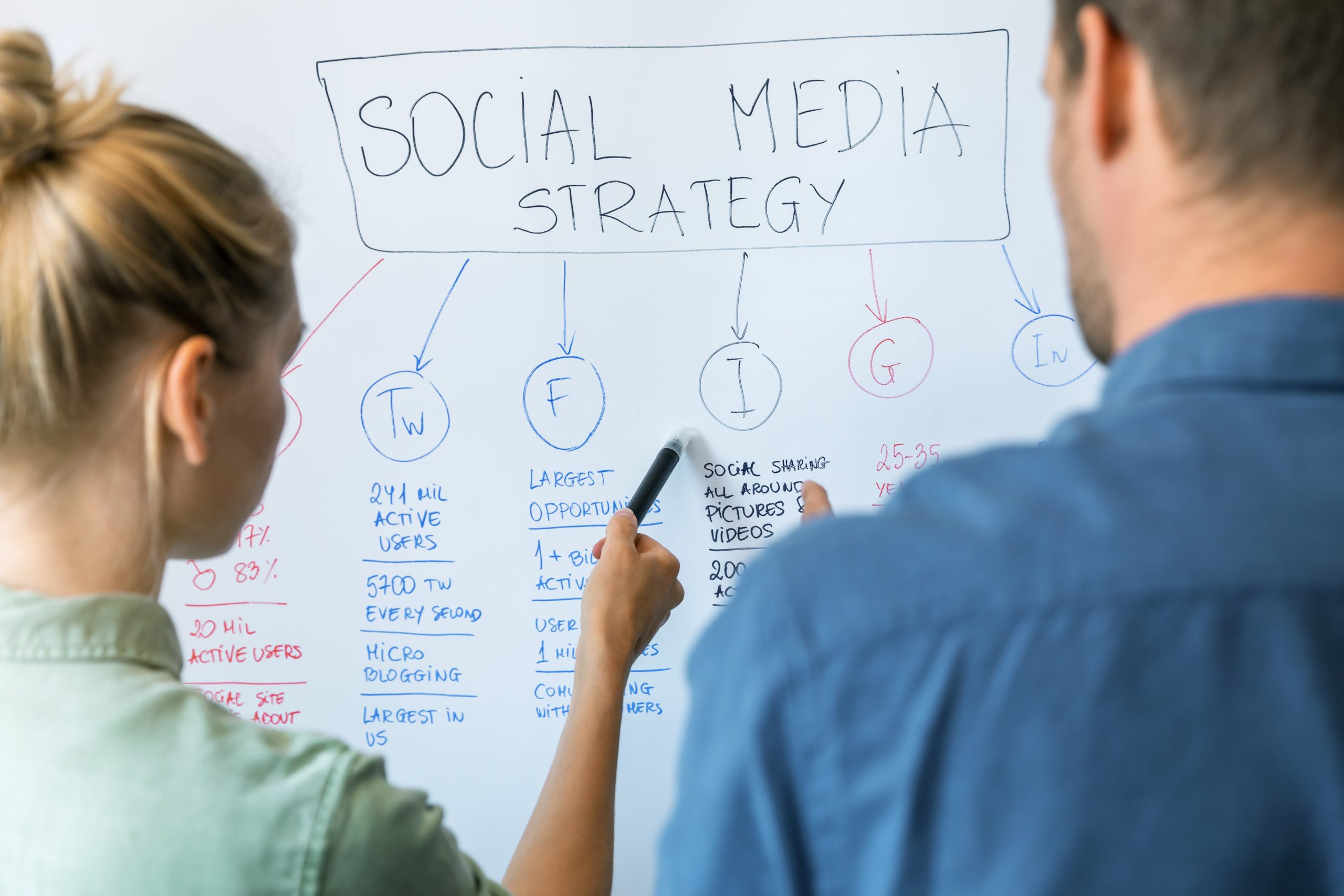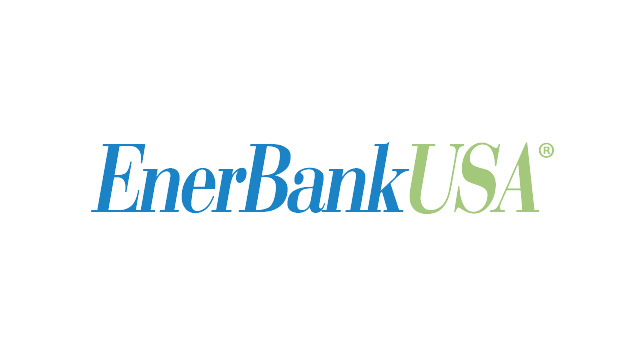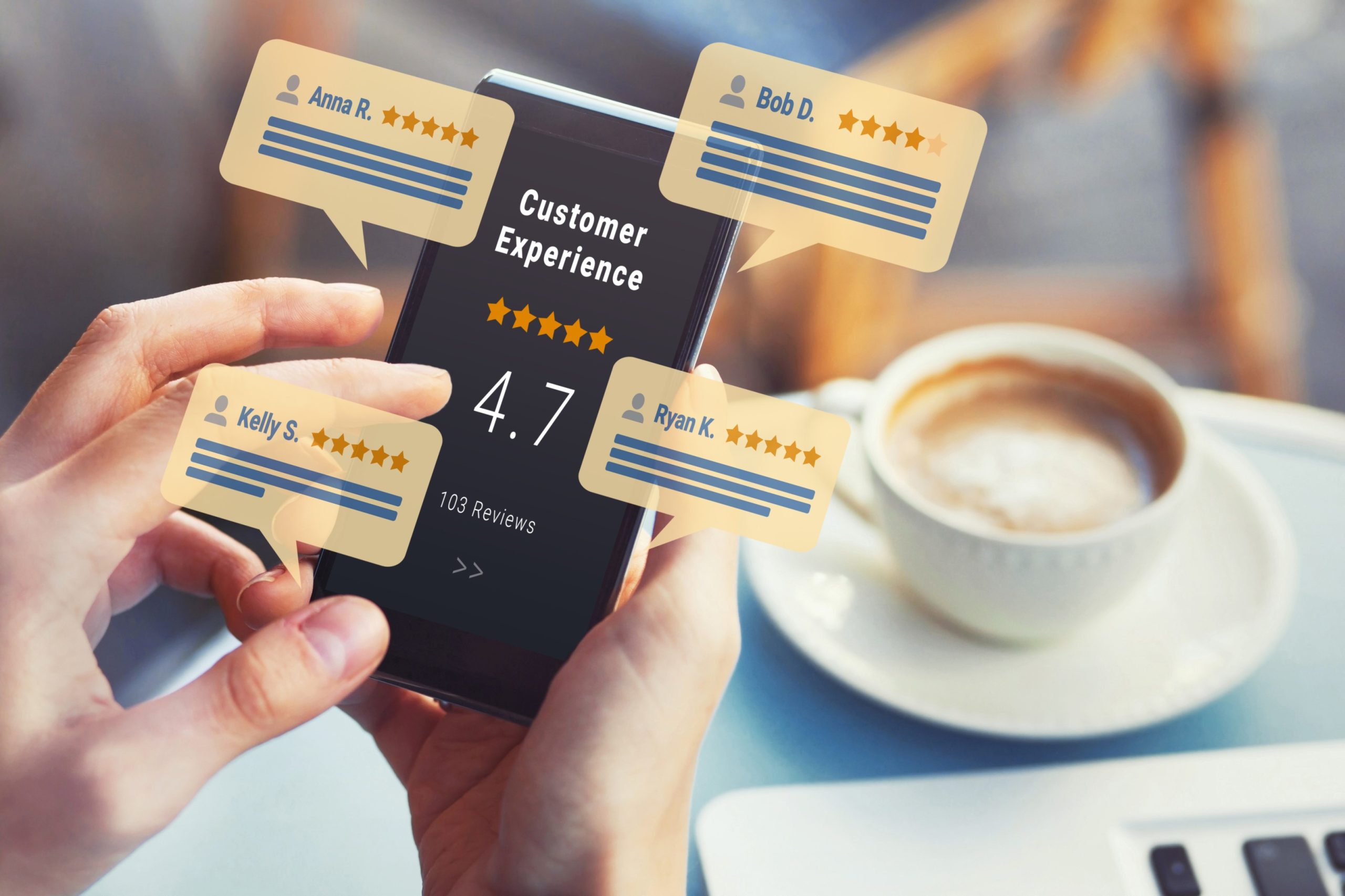Organic vs. Paid Social Media

Your social media presence can play a big role in getting your business noticed online. Not only can it help attract leads, but it’s a great way to build a stronger relationship with customers. When planning your strategy, there are two methods to keep in mind: organic and paid. Depending on your goals, both can play a big role, you just need to know the best way to utilize them.
Let’s break down organic vs. paid social media and how they can play in your social media strategy.
What is Organic Social Media?
Organic social media is anything you post on your channel(s) that you don’t pay to support.
Who Will See These Posts?
For the most part, you can expect your followers, your follower followers, and people who search for any hashtags you use to see your organic posts. The more engaging you make the content you post, the higher the likelihood there is of it being shared.
What Are the Benefits?
Organic social media is a great way to provide customer service, increase your brand awareness, and build a relationship with your audience. It’s also how you can establish the personality and voice of your business – helping you to stand out from the competition.
What Are the Downsides?
You have no control over who is seeing your posts. This means it can take longer to reach your goals, and it takes time to learn what content resonates with your audience and what doesn’t.
What is Paid Social Media?
Paid social media is where a business will post something and then pay the channel to boost it. It can be an ad that’s pushed on to a targeted audience’s feed.
Who Will See These Posts?
You know your customers, so you can select the demographics of who you want to see your posts. Obviously the narrower you make these parameters, the less people you’re likely to reach. However, it could also mean you’re reaching someone who is more ready to make a purchase.
What Are the Benefits?
With paid social media, you can target the ideal customer for your business. Paid social media is also a great way to drive leads and reach a new audience.
What Are the Downsides?
Paid social media requires a budget, and depending on the size of your business, it can be difficult to know how much to spend. There’s also a bit more know how required as you need to monitor the ads for effectiveness.
How Can You Integrate Organic & Paid Social Media Into Your Marketing?
Paying to promote everything you post isn’t a great strategy. Mixing the two is where you’re going to see the best results.
Another technique is to boost the organic content that’s performing well. To get started, look at what performed the best during the month and put a bit of budget behind it. As you start to build up more of a following, you can continue boosting monthly or even weekly if you see a huge uptick in performance.
When you do boost posts, make sure your chosen target audience is similar to those who are already following you. For example, if the majority of your existing audience is 30 – 45 years of age, promoting to those younger or older probably won’t get you much traction.
Finally, remember one of the main purposes of social media is to increase your brand awareness, not necessarily selling your products and services. If your entire feed is just ads, you’re not likely to build up an organic audience. Looking for more tips for your marketing strategy? Check out these other posts:
Blog Archives
No posts for Apr, 2024




